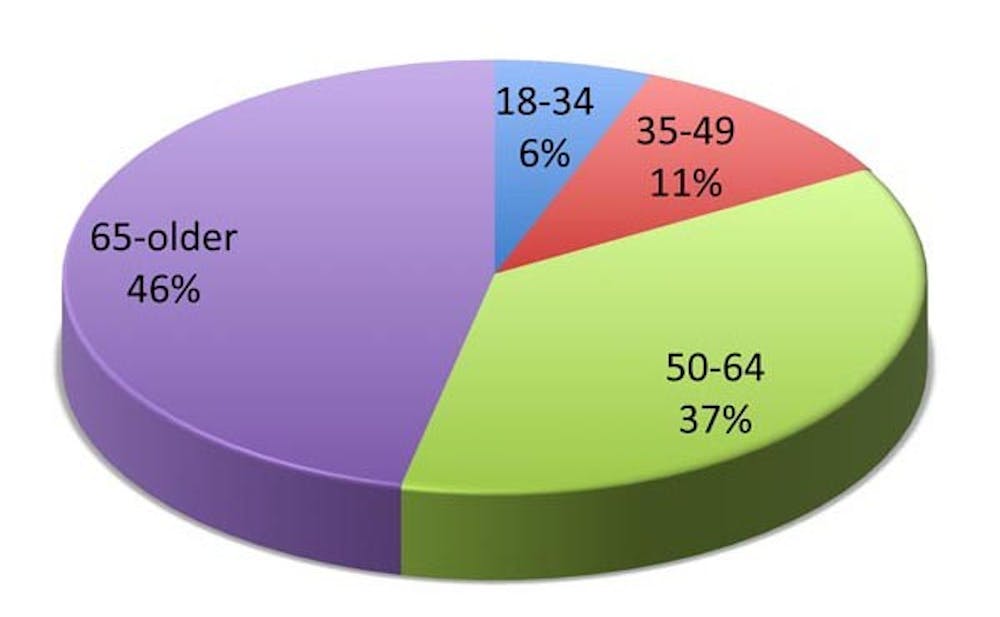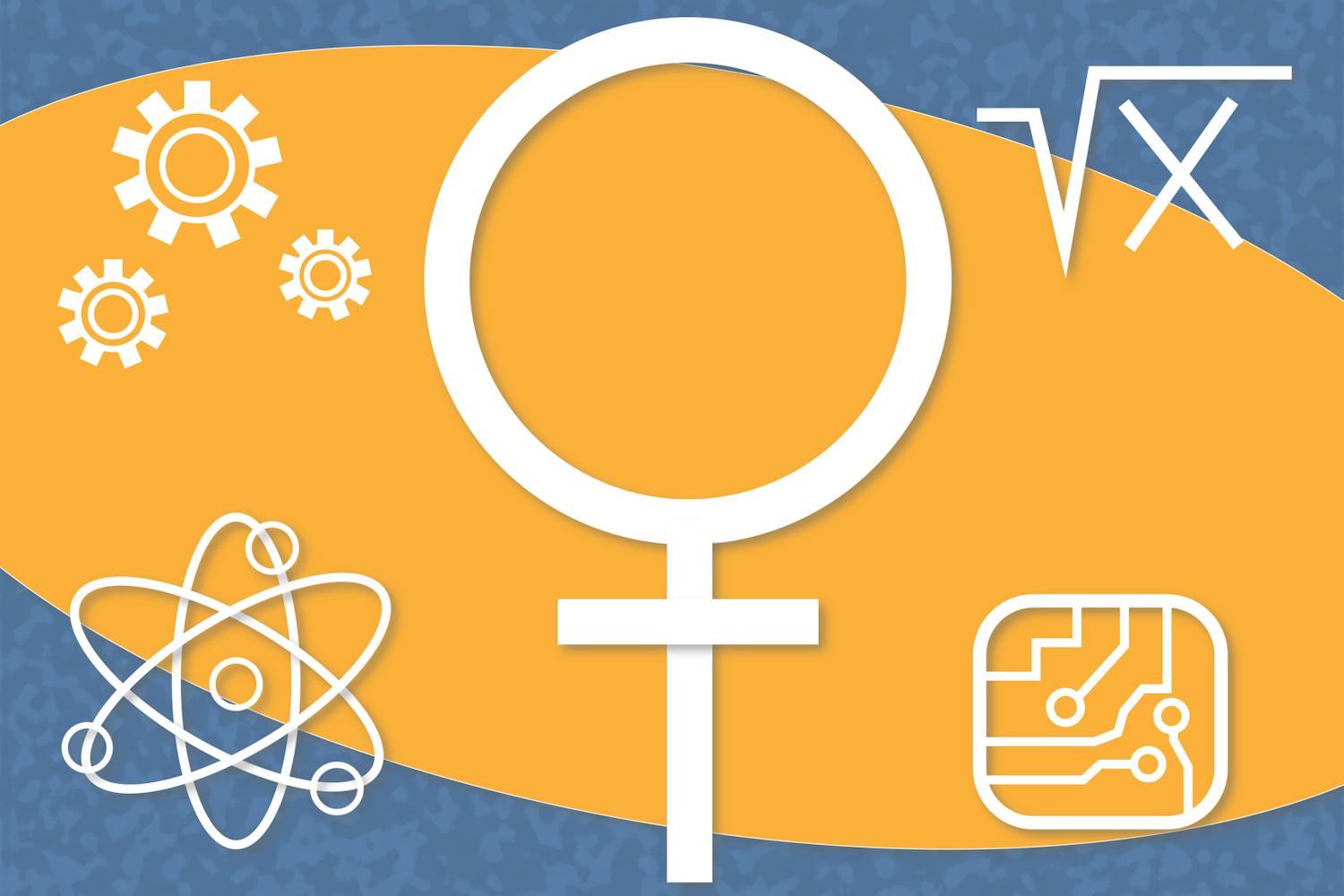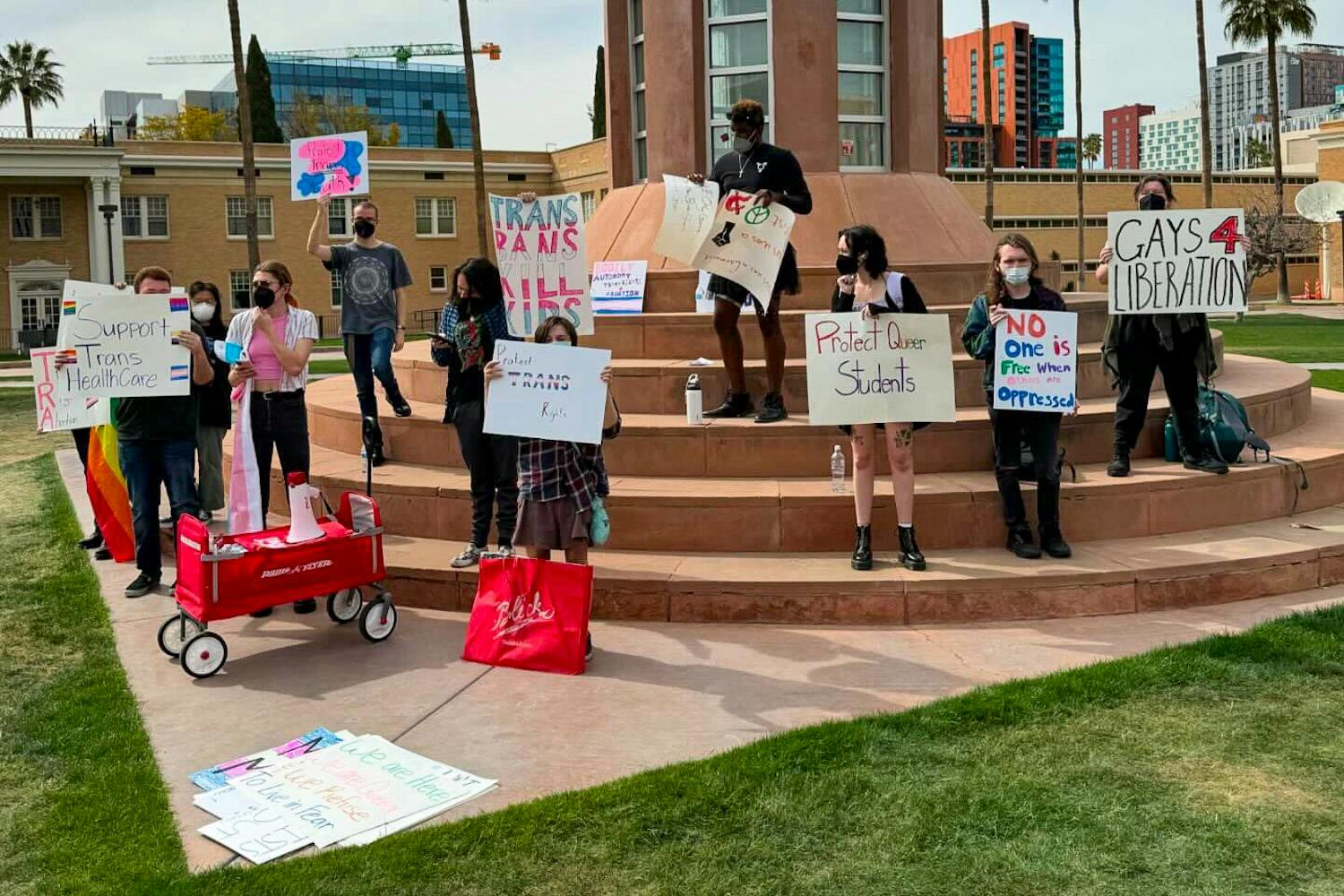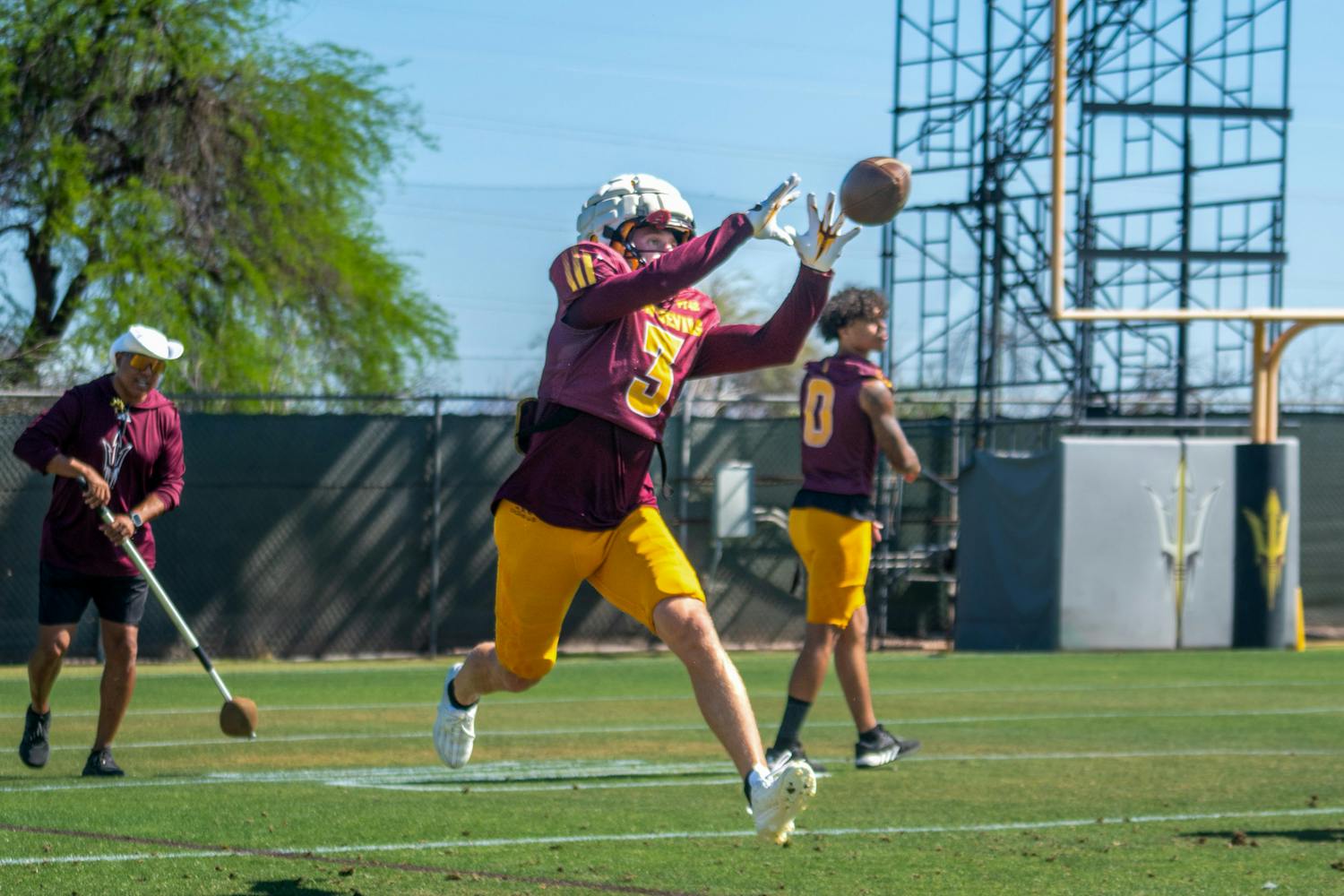Correction added.
Less than a month to Election Day, ASU professors say a lack of non-partisan polling in Arizona may be giving voters an inaccurate picture of candidates’ support, depending on survey conditions.
With the high cost of conducting surveys, several independent polling groups, including some at state universities, have stopped operating. Most polling in the state comes from partisan groups working for parties or candidates.
Steve Elliott, director of digital news at the Walter Cronkite School of Journalism and Mass Communication, said it can be difficult to find non-partisan polling.
“There [are] just not that many polls in this state,” Elliott said.
Polls that have been published on Arizona congressional districts 1, 5 and 8, which are considered by political analysts to be battleground districts, show Republican candidates ahead of their Democratic competitors.
These three polls were conducted by the Virginia-based, conservative research firm Ayres, McHenry & Associates Inc.
The group was hired to conduct the poll by the American Action Forum, a conservative policy research group that published the results to its website.
Dan Judy, vice president of Ayres, McHenry & Associates Inc., said the goal of the American Action Forum was to promote conservative policy.
“When we do political work, we work for Republican candidates and Republican groups,” Judy said.
ASU political science professor Richard Herrera said much of the partisan polling is a result of the expense related to conducting the research.
“For an organization to commit to do congressional district polling, it almost becomes cost restrictive,” Herrera said.
When political campaigns do polls of their districts, they seldom publish the results.
“A Democratic pollster has no interest in providing information to the other party,” Herrera said. “They don’t release these polls to the public unless it’s favorable to them.”
Some campaigns will publish their results if their candidate is ahead in order to generate further momentum for their campaign and to signal potential donors that the candidate is viable, Herrera said.
Still, the money factor keeps many campaigns from paying for polls, he said.
“The money you spend on a poll is not money you’re spending on ads,” Herrera said.
Ayres, McHenry & Associates Inc. surveyed 400 likely voters between Aug. 25 and Aug. 29. Their poll for Arizona’s 1st Congressional District had Republican Paul Gosar leading with 47 percent over the first-term Democratic incumbent Ann Kirkpatrick, who had 41 percent.
Elliott said that district is evenly split between Democrats and Republicans, and Gosar’s strong 47 percent lead surprised him. Incumbents have name recognition in their favor, as well as their experience of already having worked in Congress.
“Gosar is somewhat of an unknown at this point,” he said.
The backlash against the Democratic president could result in a loss of votes for that party’s congressional races, but “the advantage, even in this year, is to the incumbent,” Elliott said.
David Daugherty, director of research at ASU’s Morrison Institute for Public Policy, said polling results can depend largely on who makes up the research sample.
“If you don’t balance a poll by age, for example, you’ll get biases one way or the other,” Daugherty said. “If you want to do a really good poll, you have to be really careful about getting a representative sample of that group.”
The demographic information for Congressional District 1 poll shows a high proportion of older people and those who considered themselves conservative.
Respondents who considered themselves to lean right accounted for 45 percent of those surveyed, while those who considered themselves to lean left made up 37 percent. Independents without a preference accounted for 15 percent.
Daugherty said there are “a lot of nuances” to polling that “you have to be very careful about.”
Republicans tend to vote more than Democrats, and a poll that interviews only likely voters might then have a high proportion of conservatives, he said.
“For polls about local elections, you really ought to be interviewing likely voters,” he said. “If you interview the general population, you’ll get a very different answer than if you interview likely voters.”
Elliott, who predicted former Arizona Gov. Janet Napolitano would win the 2002 gubernatorial race after the first round of early ballot results were announced, said Congressional District 1 is one of the races to watch.
The first two years of any new president’s term can be rough on a political party, especially this year with the anger among people, and can chip away at the incumbent advantage, he said.
“We could see another Republican revolution like we had in 1994,” Elliott said.
Reach the reporter at ymgonzal@asu.edu





